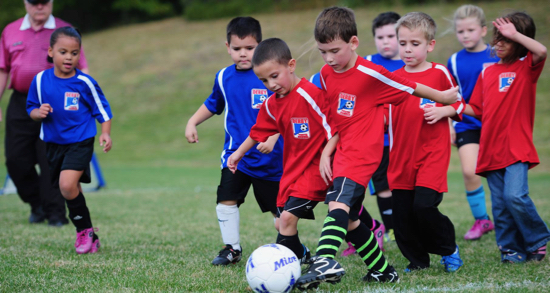 During a meeting in October the public sent a clear message about where to move the Derby High School baseball field — anywhere but Witek Park.
During a meeting in October the public sent a clear message about where to move the Derby High School baseball field — anywhere but Witek Park.
Among the reasons:
- Doing so would cripple Derby’s soccer programs because the teams would lose practice and playing space at Witek Park.
- Derby’s baseball team would suffer greatly because “permanent structures” are banned from Witek Park. That means no dugouts or batting cages.
Now, less than three months later, the committee is looking at Witek Park for a baseball field.
What gives?
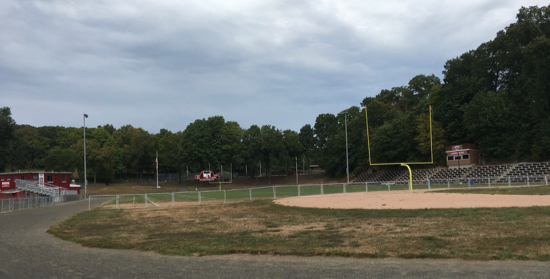
First, committee members are exploring whether they can get permission from the local land-use board to put some type of “permanent structure” into Witek Park in order to move the high school baseball field there.
In fact, the Derby Planning and Zoning Commission is scheduled to talk about the issue 7 p.m. Jan. 17 during a public meeting in Derby City Hall.
Second, the committee is working on replenishing any soccer space at Witek Park that is eliminated due to the baseball field’s relocation. However, there is disagreement over how much square footage Derby Youth Soccer could lose.
Yes, there are a lot of balls in the air here, and no final decisions have been made.
Background
Last year the state bonding commission approved $2.9 million to put a new, turf athletic field and running track at the Leo F. Ryan Athletic Complex on Chatfield Street near Derby High School.
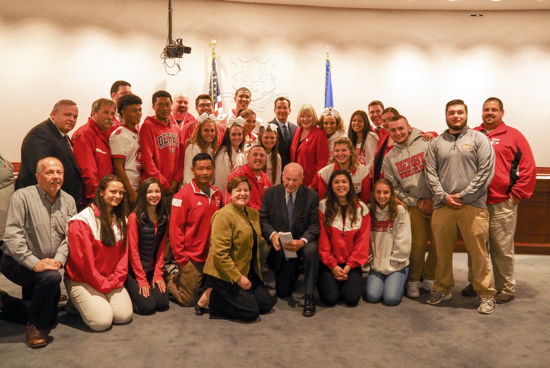
But, in order to make room for the new stuff, the high school baseball field currently at the Ryan complex needs to go somewhere else.
There are two appointed government committees working on these matters in Derby:
The baseball field relocation committee has reviewed a few possible scenarios, including:
- Moving the high school baseball field to the nearby Little League complex off Nutmeg Avenue, and putting Little League elsewhere.
- Moving the high school baseball field to the Bradley School, and finding new locations for the various sports played there.
- Moving the baseball field to Witek Park, and moving a soccer field next to an existing soccer field in the park.
Click this link and read the meeting minutes to see all the options previously pursued.
The challenge for Derby — how to reconfigure all these fields without taking space from existing athletic and recreation programs?
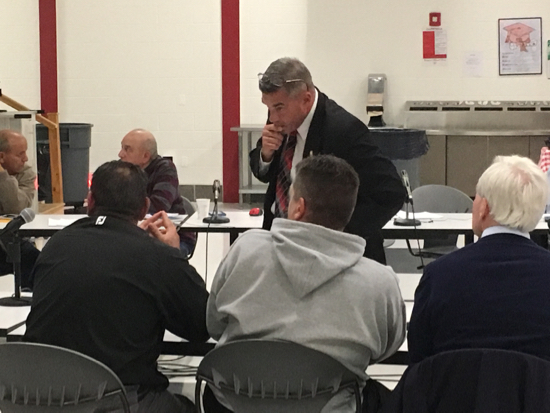
If a baseball field is put into Witek, it will eliminate practice and field space used by Derby Youth Soccer, an organization with 150 people.
But a baseball field at the Bradley School will displace some eight organizations who use the fields, according to Dennis O’Connell, Derby’s parks and recreation director.
O’Connell is the person most familiar with who plays where and how often.
O’Connell, along with Carmen DiCenso, president of the Board of Aldermen, Jack Walsh, a member of the baseball field relocation committee, and Matthew Conway, superintendent of the Derby school system, all stressed no final decision has been made.
But Witek Park is emerging as the front-runner, according to Valley Indy interviews, because proponents say it is the most cost-effective while affecting the smallest number of recreational and school sport leagues.
About those prices …
Conway, the Derby school superintendent, said putting the high school baseball field at the current Little League facility on Nutmeg Avenue would cost some $500,000 — and the city would still have to find Little League a place to play.
Putting a baseball field in Bradley is $143,000, Conway said. But the dollar amount doesn’t address all the programs that would be displaced.
Putting a baseball field at Witek Park and reconfiguring the soccer fields is estimated to cost $264,000, Conway said.
No Skyscrapers Planned
The Jan. 17 meeting of the Derby Planning and Zoning Commission is critically important to the project, because without permission for “permanent structures,” Derby will be in a bind.
O’Connell, by the way, bristles at the legalese-like phrase “permanent structures.”
“That makes it sound like we want to put skyscrapers in there, which is not what we want to do,” O’Connell said. “We’re talking about dugouts. Battings cages. These are really just field amenities. We should be calling them field amenities, not permanent structures.”
There are also no plans for lights to illuminate Witek Park at night, Walsh noted.
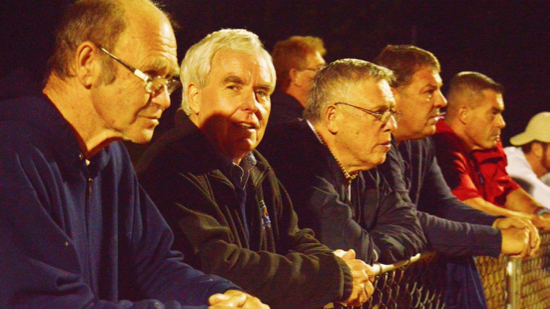
The “temporary structure” thing is important because turning Witek Park into Witek Park was a divisive issue in Derby. Neighbors worried about high-density housing, or any development that would disturb the woods and water there when Derby took over the land, which was formerly owned by a water company.
The ban on “permanent structures” was a way to make sure sprawl did not overtake the park’s beauty.
Walsh pointed out the decade-old debate over Witek Park has dissipated.
“Time has proven that the fields and Witek Park has been a good thing for Derby,” he said.
Derby Youth Soccer
In addition to the structure question scheduled to be tackled by the land use board, Derby Youth Soccer’s support of the project remains a bit of an open question.
Walt Mayhew, a member of the Derby Youth Soccer Board of Directors, said he is still worried progress will come at the expense of the program.
The soccer program uses about 150,000 square feet of field space in Witek Park. Mayhew is including two soccer fields and pockets of open space surrounding the fields used as practice spaces.
The plan under consideration will shrink the playing and practice space to 120,000 square feet, Mayhew said.
That’s not good. The program can’t grow, Mayhew said, and that will impact Derby Middle School and Derby High School soccer going forward.
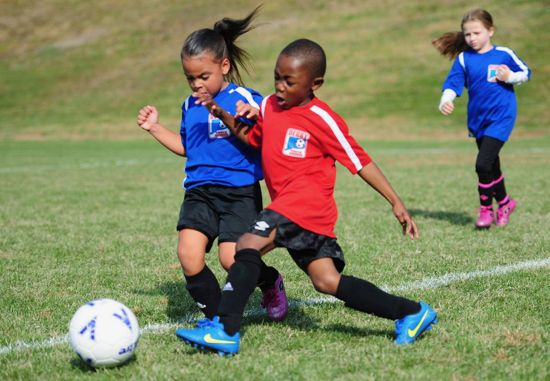
Mayhew has been talking to DiCenso (the Derby Aldermanic president) and Derby Public Works Director Anthony DeFala.
Mayhew and DiCenso said they think the plan can be tweaked to give Derby Youth Soccer another 15,000 square feet, bringing their new total to 135,000 square feet.
“It’s not the ideal scenario, but we can make it work,” Mayhew said.
“Listen, we’re not out to hurt anyone’s program,” DiCenso said. “We’re trying to come up with the best scenario that benefits everyone.”
The square footage for Derby Youth Soccer is still being examined.
O’Connell noted that Derby soccer could have more options, especially in the spring, once a turf field is built at the Ryan Athletic Complex.
“I think we’ll see, three to four years from now, Derby Youth Soccer will be looking real good with their opportunities for playing space,” O’Connell said.
A Parent Is Doubtful
The Derby Baseball Field Relocation Committee will still have to explain their thought process regarding Witek Park to residents such as Anthony DeLucia, Jr., whose son plays soccer.
Like many people who left the committee’s public forum in October, he thought baseball at Witek Park was off the table. Then he received a newsletter from Derby Youth Soccer Jan. 4 with an update.
In an email to the Valley Indy, DeLucia said Derby didn’t seem to have a concrete plan about where to move the high school team’s baseball team when they were applying for state grants.
And now there’s pressure to get something done quickly. It’s a recipe for errors.
“The committee needs to do this right, build a permanent baseball facility that encompasses everything necessary,” DeLucia said. “Don’t just put a patch on the problem by building a field at Witek.”
Derby Youth Soccer has taken giant steps in the past six months alone to better its program, DeLucia said. A travel team is being organized. There is talk of outsourcing coaches to greatly enhance player skills.
“We have a beautiful soccer facility. It should not be modified or reduced in order to make room for baseball,” DeLucia said.
Is There Enough Money?
Meanwhile, Mayhew is questioning the overall approach Derby is taking.
He noted the school and city officials were initially hoping for a $5 million grant from the state for the project.
The project has been scaled back so the city could receive a smaller, $2.9 million grant.
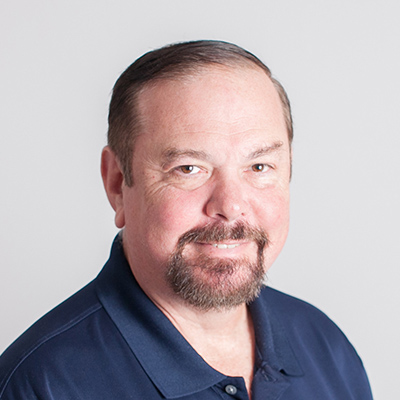 Working within the confines of a compromised plan could be limiting the city’s vision in the long run, Mayhew theorized.
Working within the confines of a compromised plan could be limiting the city’s vision in the long run, Mayhew theorized.
If the city needs an additional $2 million for a project worth doing, the city should come up with the money, he said.
It’s an investment that will improve Derby, Mayhew said.
“In our community, we all know we’re paying high taxes. We all know decisions get made based on mill rates and assessments,” he said. “But I think when you’re talking about the future of Derby, which is its children, we want to provide the absolute best that we can provide to increase the quality of life. Recreation is a quality of life issue.”
“If we can provide a top quality recreational experience for our youth, I think that merits paying a little bit extra,” he said.
Mayhew said the majority of the $2.9 million is going toward the construction of the turf field and track at the Ryan Athletic Complex. Whatever’s left is going toward the baseball field relocation. That’s not a good way to plan, Mayhew said.
Mayhew noted the $2.9 million does not include building a new field house at Ryan Athletic Complex. It was dropped to bring the price tag down. The aging field house there now will be razed to make room for the new track and football field.
Mayhew is doubting whether $2.9 million is enough to get the job done.
“I think it’s becoming clear that this whole project is going to cost more than the state dollars allocated and local funding is going to have to be extended to do the project,” Mayhew said.
Meanwhile …
As members of the Derby Baseball Field Relocation Committee work to get their job done, another large, appointed committee — the Derby Athletic Complex Building Committee — is getting the ball rolling for the turf field and running track planned at Ryan.
Last week the committee voted unanimously to recommend hiring Arum & Associates of Torrington as project managers for the project. The cost is not to exceed $9,000, according to the motion voted upon by the members of the committee.
Arum & Associates was represented at the meeting by Edward Arum, the limited liability company’s president, and Mario Longobucco.
Arum is a former business manager for the Torrington school district, and he served there as interim superintendent.
The two were key players in building an artificial turf field in Torrington.
Longobucco was the co-chairman of the Torrington turf field committee.
Next up — an architect will be chosen for the project, at which point there should be more clarity on the project itself and costs.
DISCLOSURE: The writer volunteered as an assistant coach for his six-year-old son’s Derby Youth Soccer team.